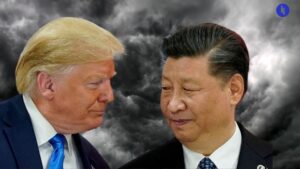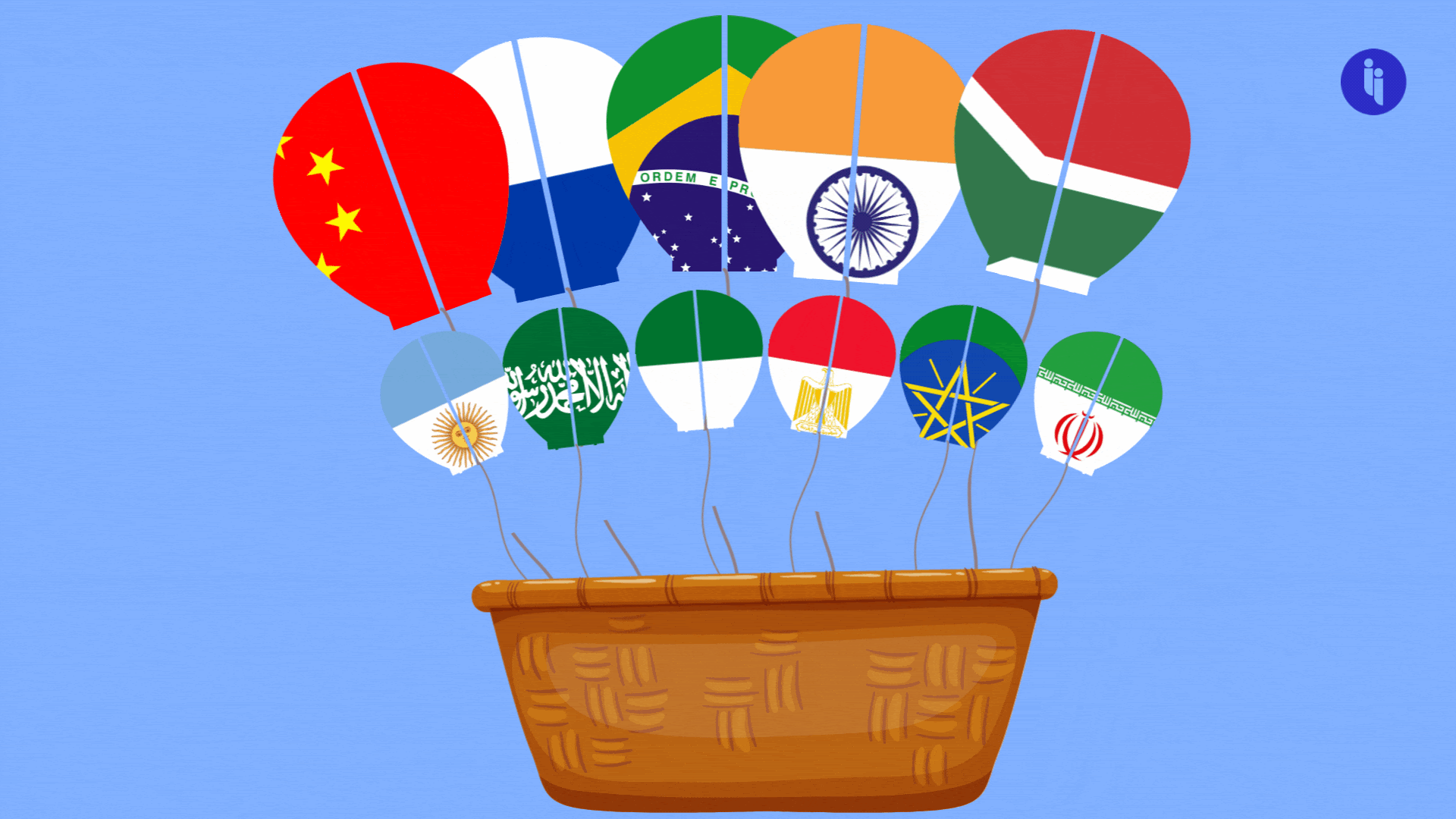The BRICS (Brazil, Russia, India, China, and South Africa) agreed to welcome six new members at their summit in Johannesburg last week (22-24 August).
The expansion debate dominated proceedings, with China preferring a rapid expansion, while India and Brazil wanted a more incremental approach.
Ultimately China, accounting for around 70% of total BRICS GDP, won the day: by the summit’s end, Argentina, Ethiopia, Egypt, Saudi Arabia, Iran, and the UAE had received invitations to join the BRICS in 2024.
Stay on top of your world from inside your inbox.
Subscribe for free today and receive way much more insights.
Trusted by 134,000+ subscribers
No spam. No noise. Unsubscribe any time.
Intrigue’s take: There are so many competing interests at play here:
- 🇨🇳 China sees BRICS as a way to project inevitability behind its rise
- 🇧🇷 Brazil is hedging its bets, but is mindful of China pushing too far
- Ditto for 🇮🇳 India, which presumably accepted new members knowing they’d limit the bloc’s unity and effectiveness for China
- 🇷🇺 Russia sees BRICS expansion as a way to reduce its own isolation, and
- 🇿🇦 South Africa wins status by hosting a high-profile summit.
But after years of these summits, the BRICS are still searching for a coherent mission, a common purpose, and a meaningful track record. So even as it gets bigger, the BRICS bloc doesn’t appear to be getting any stronger.
Also worth noting:
- In announcing the expansion, South African President Cyril Ramaphosa said the original members had “consensus on the first phase of this expansion process, and further phases will follow.”
- The newly invited BRICS members have a combined GDP of around $3T (3% of global GDP).








